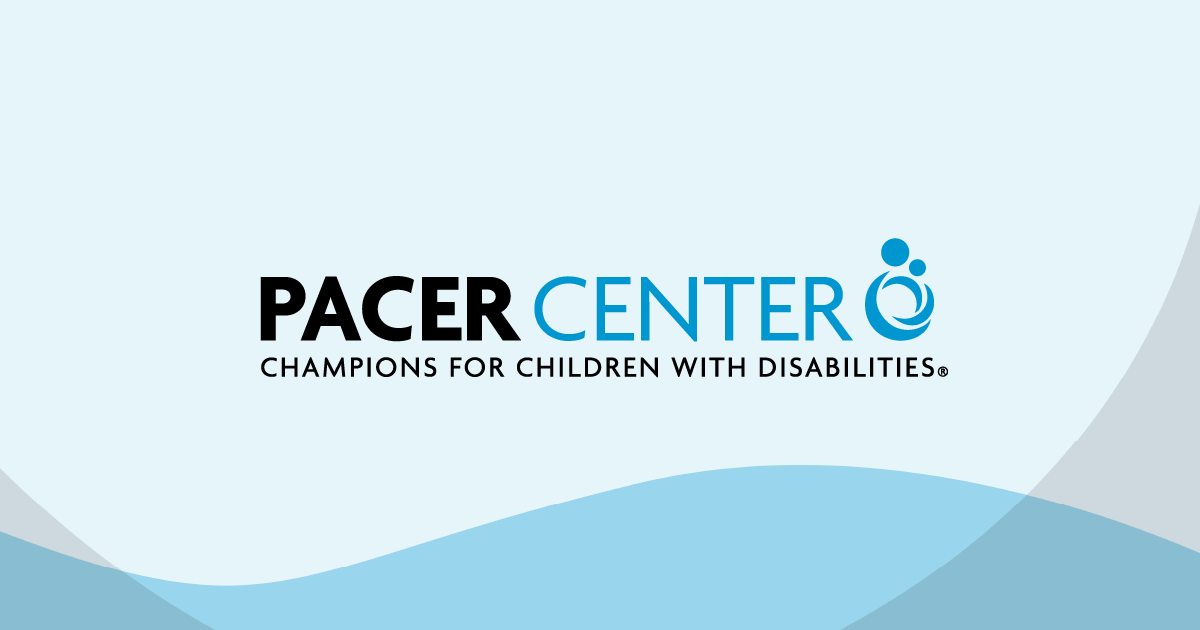
Special Education is the only component of public schooling that guarantees a student will make progress. Federal and state laws protect not only the right of disabled kids to attend public school but guarantee that teaching and appropriate supports will be provided.
Minnesota students must qualify for special education in one of 14 categories of disability using a school-district assessment of academic progress and a review of a child’s medical records.
For example, parents of a deaf child would agree to share records of hearing tests and medical records, while district experts such as speech pathologists and teachers of the deaf would administer standard tests to see if a student meets special-education qualifying criteria.
Although a teacher or school staff member can recommend an evaluation, parents can also request an assessment. The request should be made in writing to the Director of Special Education in SoWashCo, Stillwater Schools, or District 622. The note should include the student’s name and school, any medical diagnoses, and a summary of the parents’ concerns. The district must respond in 14 days.
Assessment results are shared with the parents. If the child wasn’t qualified, there are options for appeal. If the child does qualify for special ed, the parents and a team from the school will meet to write a personalized plan for the child’s learning with measurable goals.
For example, “Student Amber will learn to count to 10 by the end of the year.” If she can only count to 2 by Christmas, she is not making reasonable progress, and her parents should meet with the team not to blame Amber but to plan for additional support or different teaching methods so she can meet her learning goal.
Meeting with education professionals to plan for special education, measure progress, and advocate for a student’s rights can be very challenging for parents. That is why Parent Information Centers were mandated. In Minnesota, PACER Center is available to educate parents, answer questions, and provide parent advocates to support families with children with disabilities from birth to age 22.